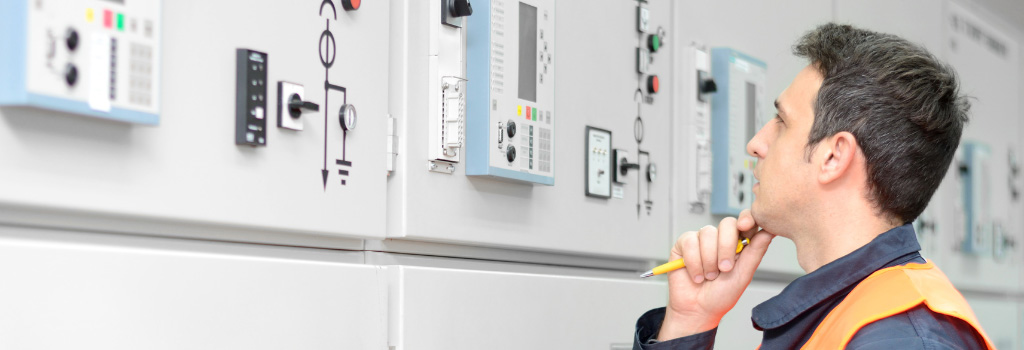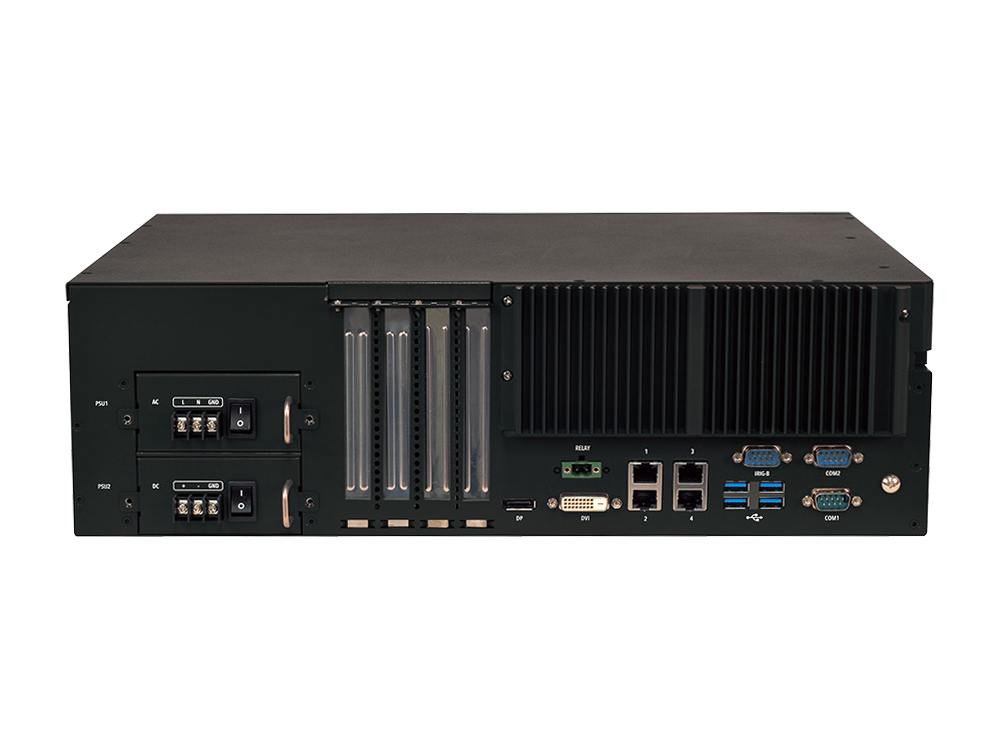Background
Substations are the hearts of the power grid, enabling the complex process of transmission and distribution of electricity. Increasing new loads and maintaining system reliability while reducing machinery and labor costs is a continuous challenge for substation managers. A digital substation can help reduce costs, increase system reliability, and even integrate into eco-friendly power initiatives.
Using new technologies and Ethernet-based communication technologies, a digitalized substation can enable the optimal operation of the electrical power supply grid and increase the entire power supply's availability, reliability, and sustainability. Digitalized substations collect valuable data from the entire power grid, converting binary status and analog measured data into digital data, to increase situational awareness to further optimize efficiency, improve operations and maintenance, and increase worker safety.
Requirements
A top system integration company collaborated with Lanner to begin the digital transformation process for power substations operating in Southeast Asia. The jointly-developed platform used Lanner’s ruggedized computer platform with SCADA software developed by Siemens and required the following features and standards:
● IEC 61850-3 & IEEE 1613 Compliance – The platform must be compliant with IEC 61850-3 and IEEE 1613 standards to meet the required robustness in power substation environments.
● High-performance Processor – Digital substation devices may generate large volumes of data, thus for centralized management of the data and devices in substations, the platform must possess a high-performance processor to consolidate multiple workloads for various protocols connecting substations.
● Rich I/O Features – The platform system requires multiple I/O connectivities for sensors and relays, and Ethernet connectivity for IEC 61850 IEDs, in addition to scalability and security. PCIe slots for optional time sync cards or industrial-grade NICs, swappable drive bays for RAID, and TPM 2.0 module support to maintain a high level of security.
● Wide Operating Temperature – The rugged computing system must be able to sustain harsh environments without sacrificing operation safety and productivity. Extreme temperature ranges from -40C to 70C and high electromagnetic compatibility, in addition to shock and vibration resistance are essential, and an advanced passive cooling system to ensure reliable operating performance.
● Redundant Power Supply – The computing platform must be high-availability, as well as maintenance friendly. Having a redundant power supply and hot-swap function is pivotal for continuous operation even during maintenance.

Solutions
A digital substation can significantly increase the availability, efficiency, and sustainability of the power grid and reduce operating costs. Ensuring that the digital transformation succeeds requires flexibility and intelligent investments in smart digital technology.
LEC-3340 is an IEC-61850-3 certified, server-grade industrial computer featuring high-performance processors to run real-time hypervisors and support rich I/O to consolidate multiple workloads for various protocols connecting substations.
As a 3U rackmount industrial edge consolidation server, it is powered by Intel® Xeon® E3-1505L V6 or Core™ i5-7442EQ (formerly Kaby Lake-H) processor to offer outstanding performance. This industrial-grade edge consolidation server provides rich I/O functions, including 4x PCIe slots, 4x RJ-45 GbE LAN ports, 5x USB 3.0 ports, 2x 2.5” swappable drive bays, DP/DVI display port, and 2x isolated RS-485 COM ports.
Related Articles
- IEC 61850-3/IEEE 1613 Computers Enable Virtualization in Digital Substations
- Accelerating Virtualization of Digitalized Substation Gateways







